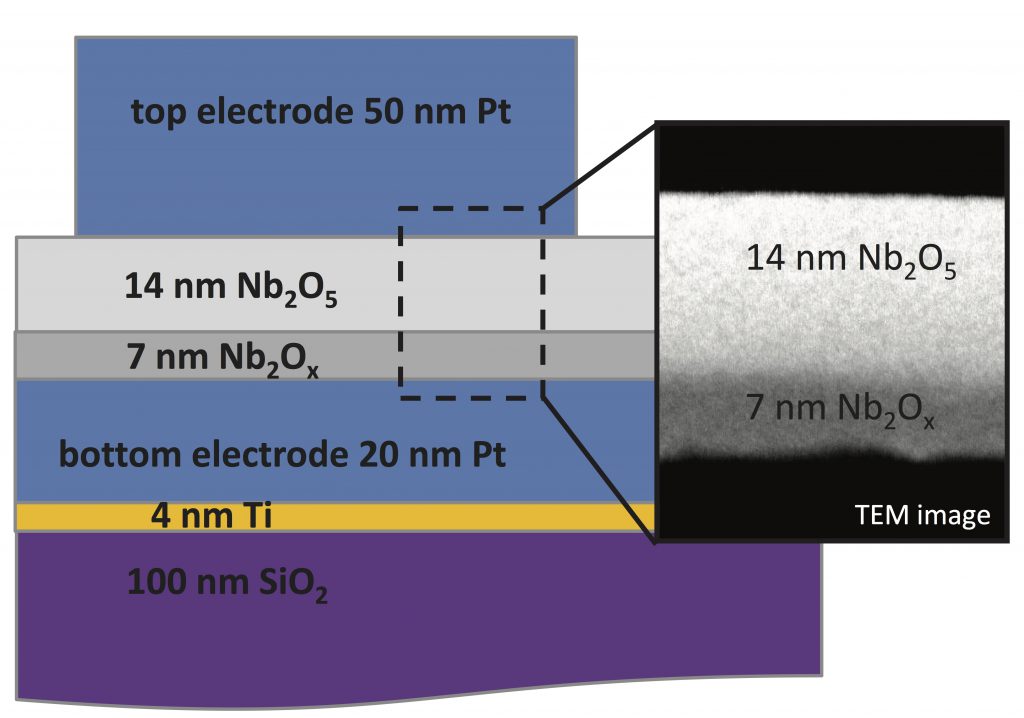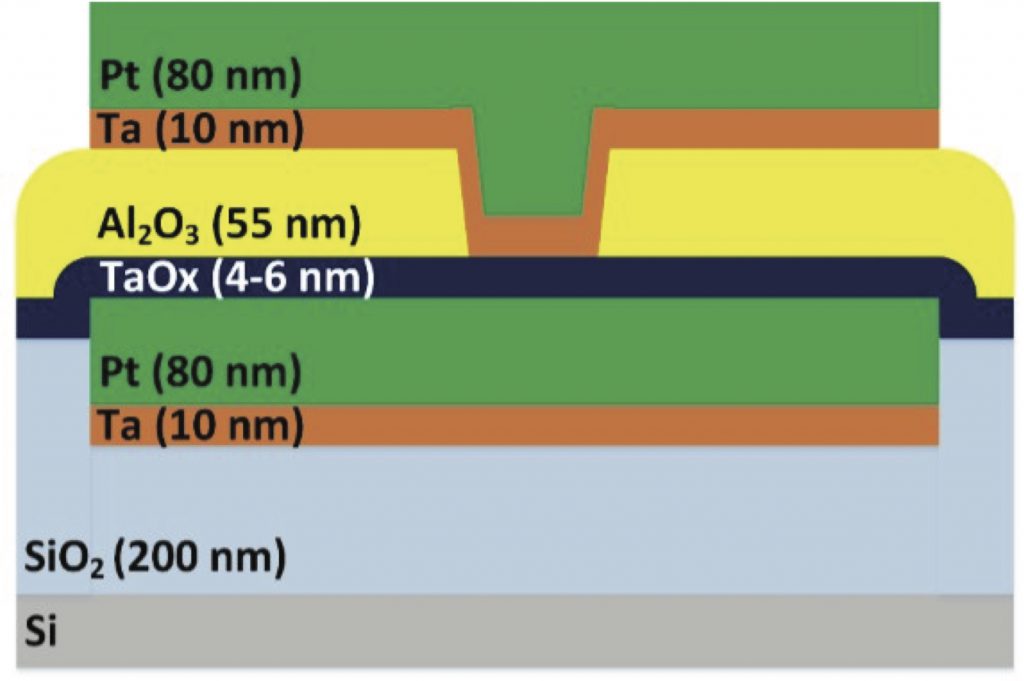

The Chua Memristor Center (CMC) combines theoretical and experimental studies for the development of novel forms of computation based upon the nonlinear dynamics of memristors (and RRAMs).
The Center’s mission is to bundle research on (i) theory and modelling of RRAMs (memristors) with (ii) simulation studies and conceptual design of analogue and digital computing architectures and (iii) the setup of experimental demonstrators. The Center’s long-term goal is the design and manufacturing of memristor circuits and systems extending or improving the functionalities of state-of-the-art electronic computing systems. This requires a strong interaction between the three main topics theory, architecture and experiments, which are coupled in a continuous and causal loop.
The Center is an interdisciplinary consortium combining expertise and resources from various fields of research, including computer science, electrical engineering, physics, and chemistry. The aim of the consortium is to promote an intensive cooperation between theoretically-inclined researchers and experimentalists. In fact we believe that the scarce communication between these two communities impair advancement in memristor research. The activities shall involve distinguished international researchers.
The visibility of the Center shall be highlighted through various events, including regular academic seminars, national scientific workshops, yearly press conferences, annual internal meetings, and publications in peer-reviewed journals and proceedings of international conferences.
The CMC represents the ideal environment for the establishment of cooperation with industry and academics. The engagement of industry partners shall provide further verve into the project and provide market-oriented guidelines for the realization of the mission goals, which are summarized as follows:
At Politecnico di Torino, the circuit theorists Fernando Corinto, Alon Ascoli and Mario Biey built the first memristor ever only with one-port passive components from electrical circuit theory.

At NaMLab, research and fabrication are getting together. Physicists and engineers go together in developing device models and fabrication processes. Alon Ascoli, Stefan Slesazeck, H. Mähne, Ronald Tetzlaff and Thomas Mikolajick developed a Niobium oxide based microscale memristor.

The picture (figure (a)) shows the current-voltage loci of the memristive device under a quasi-static AC periodic signal. The plot reveals the threshold switching behaviour of the memristor. On the loci no negative differential resistance (NDR) regions can be found since the source is directly applied across the device. Under these circumstances the NDR region is unstable.
The dashed curve shows the Current-voltage loci of the memristive device fabricated by NaMLab. In this case, quasi-static AC periodic signal is applied across the circuit containing the memristor and a suitable series resistor.
The resistors purpose is to stabilize the NDR region. Biasing the device along such region, the memristor may become locally-active. The solid line shows, for reference, the loci when the series resistor is not present in the circuit.
This figure shows a memristor-based variant of the Pearson-Anson oscillator. The voltage v_in is DC voltage and responsible for biasing the memristor along the locally active region.
The figure shows sustained oscillations around 2 MHz, developing in the memristor-based variant of the Pearson-Anson oscillator. The red line shows the experiments, the blue line the simulation results.
At HP Labs, a collaboration of scientists built a Tantalum oxide nanoscale memristor. The involved scientists were J. Paul Strachan, R. Stanley Williams, Alon Ascoli, Ronald Tetzlaff and Leon O. Chua.

The figure shows the device stack as a physical structure of the nano device.
The diagram shows the fading memory effect in the shown nanoscale device. The Tantalum oxide microstructure is a Continuum-Memory Memristor. It means that the number of stable but not asymptotically stable states is infinite. When the memristor is switched off, the device may retain any state is may hold for a very long time thereafter. Nonetheless, the memristor may be stimulated so as to forget its past history.
Under AC periodic stimuli, the memristor ‘experiences’ memory loss, as demonstrated in this picture, showing a signal proportional to the current flowing through the device in response to a train of symmetric triangular pulses for a number of initial conditions. The information embedded within the initial condition is progressively lost and, at steady state, a unique asymptotic behavior appears.
